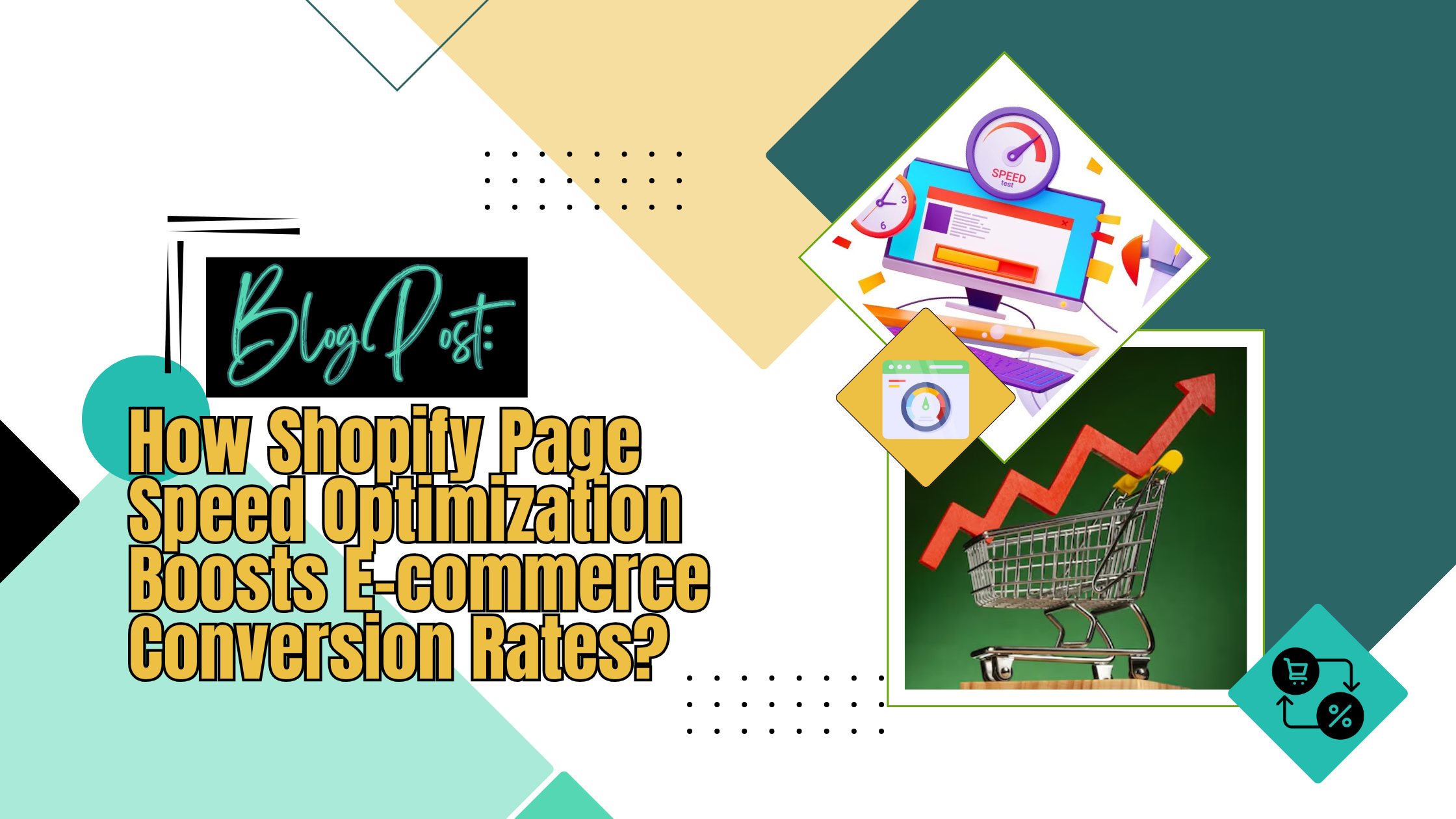
How Shopify Page Speed Optimization Boosts E-commerce Conversion Rates?
In the fast-paced world of online shopping, time is money—literally. If your Shopify store takes too long to load, customers are likely to abandon it before they even get a chance to browse your products. That’s why Shopify page speed optimization is crucial to your store’s success. Improving your site’s load time not only enhances the user experience but also plays a pivotal role in boosting ecommerce conversions.
This blog will explore the importance of ecommerce page load times and the role that Shopify page speed optimization plays in improving conversion rates, increasing customer satisfaction, and ultimately driving more sales.
The Importance of Fast Ecommerce Page Load Times
In e-commerce, first impressions matter. A website that takes too long to load frustrates customers and leads to higher bounce rates. Studies show that even a one-second delay in page load time can reduce conversion rates by 7%. That’s why optimizing your Shopify site speed is critical.
Ecommerce page load times affect everything from how long a customer stays on your website to how likely they are to make a purchase. If a potential buyer encounters slow speeds, they may never return to your store. A fast-loading Shopify store ensures that customers stay engaged, which translates into more ecommerce conversions.
How Shopify Page Speed Optimization Impacts Conversions?
1. Improved User Experience
When your Shopify store loads quickly, customers can easily navigate, browse, and shop without frustration. Faster Shopify loading speed helps customers focus on your products rather than waiting for images or pages to appear. This seamless experience leads to increased customer satisfaction and higher conversion rates.
2. Reduced Bounce Rates
Slow-loading websites often suffer from high bounce rates. If visitors leave before your website fully loads, you lose potential sales. With Shopify page speed optimization, you can reduce bounce rates by ensuring that users can access your content quickly, keeping them engaged and leading to more ecommerce conversions.
3. Increased Mobile Conversion Rates
Mobile commerce is rapidly growing, and mobile users expect fast and responsive websites. By focusing on Shopify page speed, you not only enhance the desktop experience but also ensure that mobile visitors can load and interact with your store without delays, resulting in more mobile ecommerce conversions.
4. Higher Search Engine Rankings
Google uses page speed as a ranking factor, meaning that a slow site can affect your visibility in search results. By utilizing a page speed optimizer Shopify tool and improving Shopify site speed, you can boost your search rankings, drive more organic traffic to your store, and ultimately increase your sales.
How to Achieve Faster Shopify Page Speed?
Achieving optimal Shopify page speed requires a combination of techniques that focus on reducing load times and improving performance. Here are some ways to improve your Shopify loading speed:
1. Compress Images
Large image files are one of the main culprits of slow ecommerce page load times. Compress your product images without sacrificing quality to help pages load faster.
2. Minimize JavaScript and CSS Files
Scripts and stylesheets can slow down your page load time. Minifying and deferring unnecessary JavaScript and CSS files can significantly improve your Shopify site speed.
3. Leverage Browser Caching
Browser caching allows static resources to be stored locally on a visitor’s device, reducing the time it takes for pages to load when they return to your site.
4. Choose a Fast Shopify Theme
Some Shopify themes are optimized for speed, while others can bog down your store’s performance. When selecting a theme, make sure it’s designed with Shopify page speed optimization in mind.
5. Utilize a Content Delivery Network (CDN)
A CDN distributes your website content across multiple servers around the world, making it load faster for users, no matter their location.
The Role of Tools Like Hotjar in Shopify Page Speed Optimization
While speeding up your Shopify store is crucial, understanding how users interact with your website is just as important. Tools like Hotjar can provide valuable insights into user behavior and help identify areas where your site’s performance may be lacking.
Hotjar’s heatmaps and session recordings allow you to see which parts of your website visitors interact with most, helping you focus your Shopify page speed optimization efforts where they matter most. With this data, you can identify slow-loading pages and take actionable steps to improve their performance, leading to more ecommerce conversions.
RECENT POSTS
Shop Store Themes for Shopify

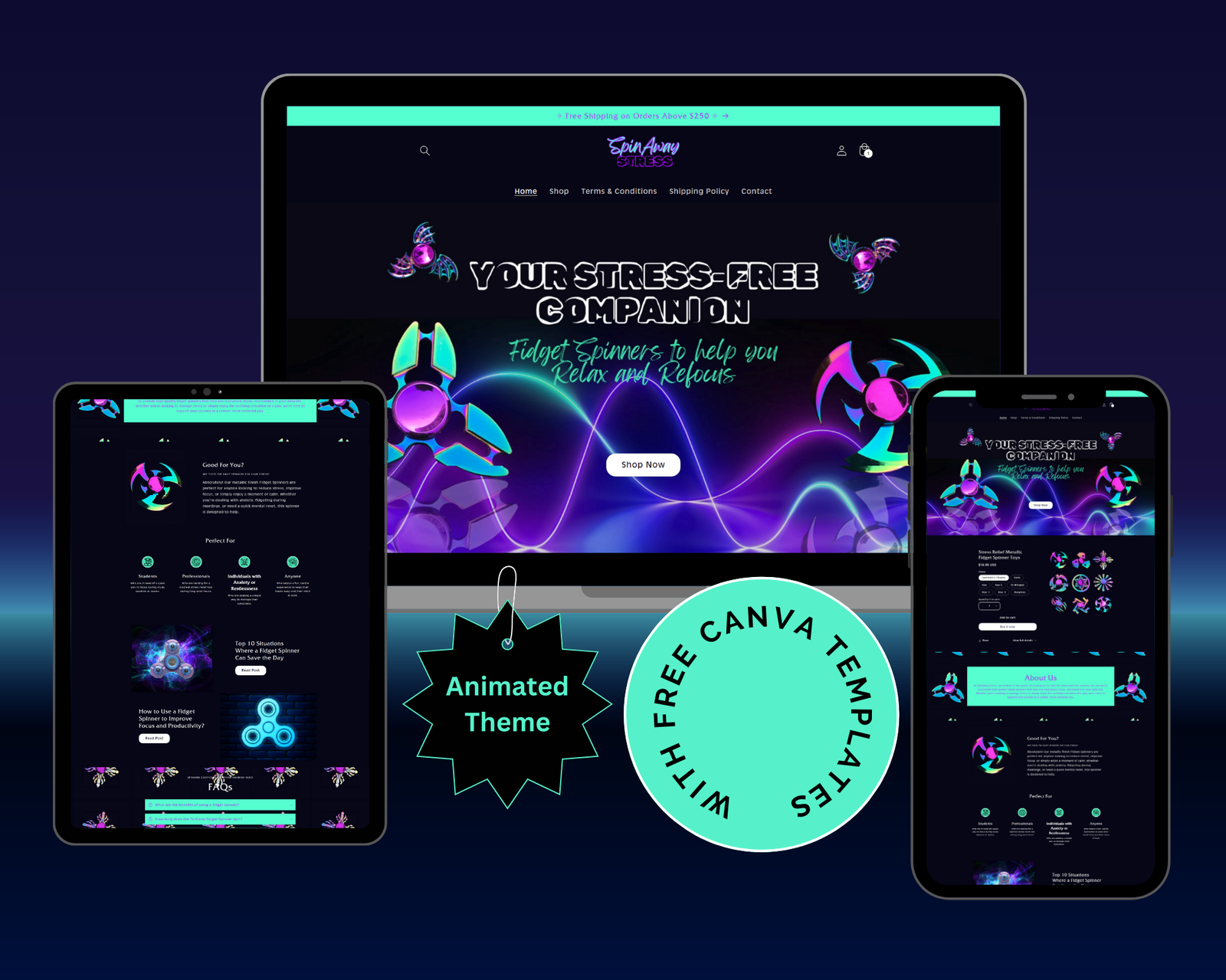


Explore Resource Library


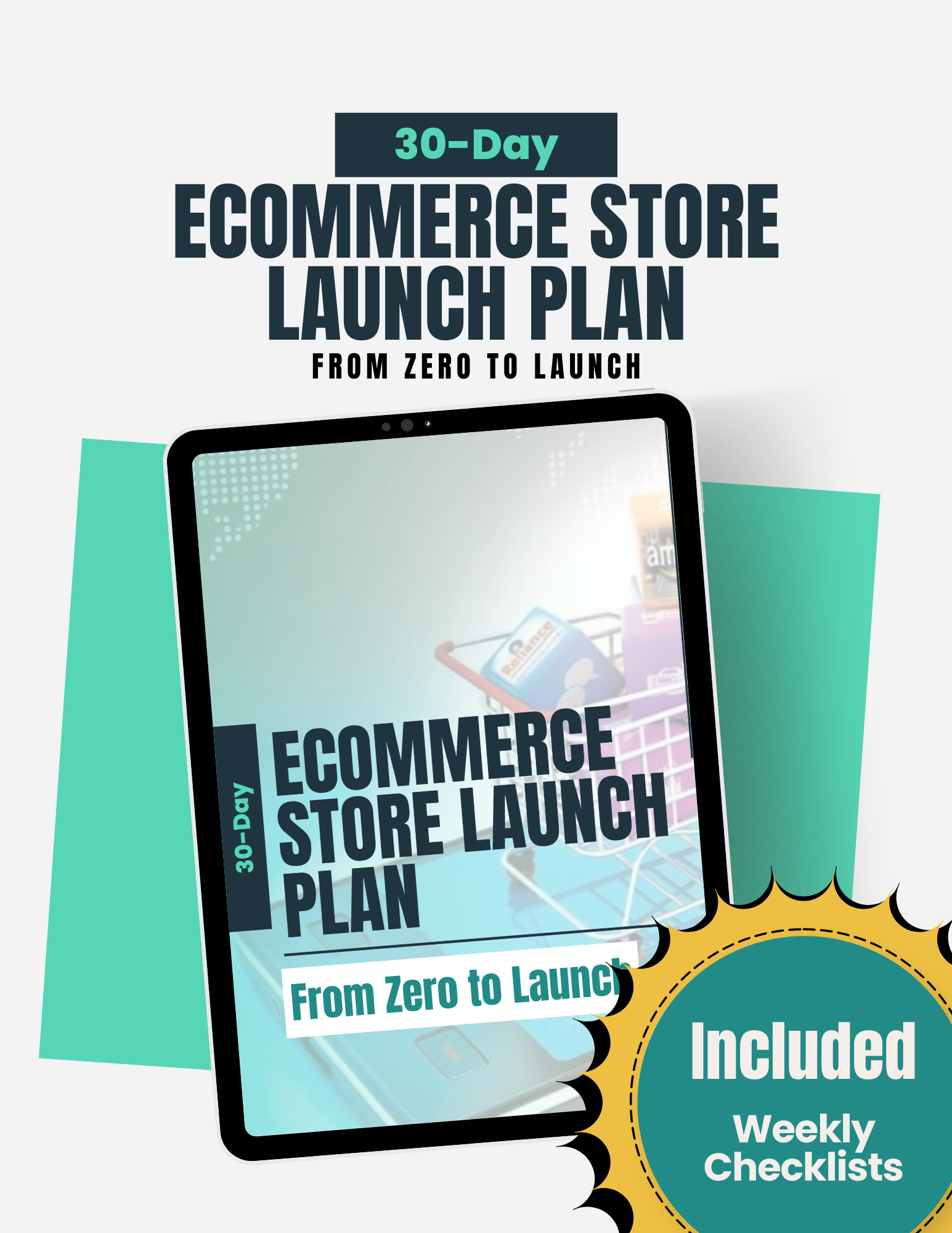
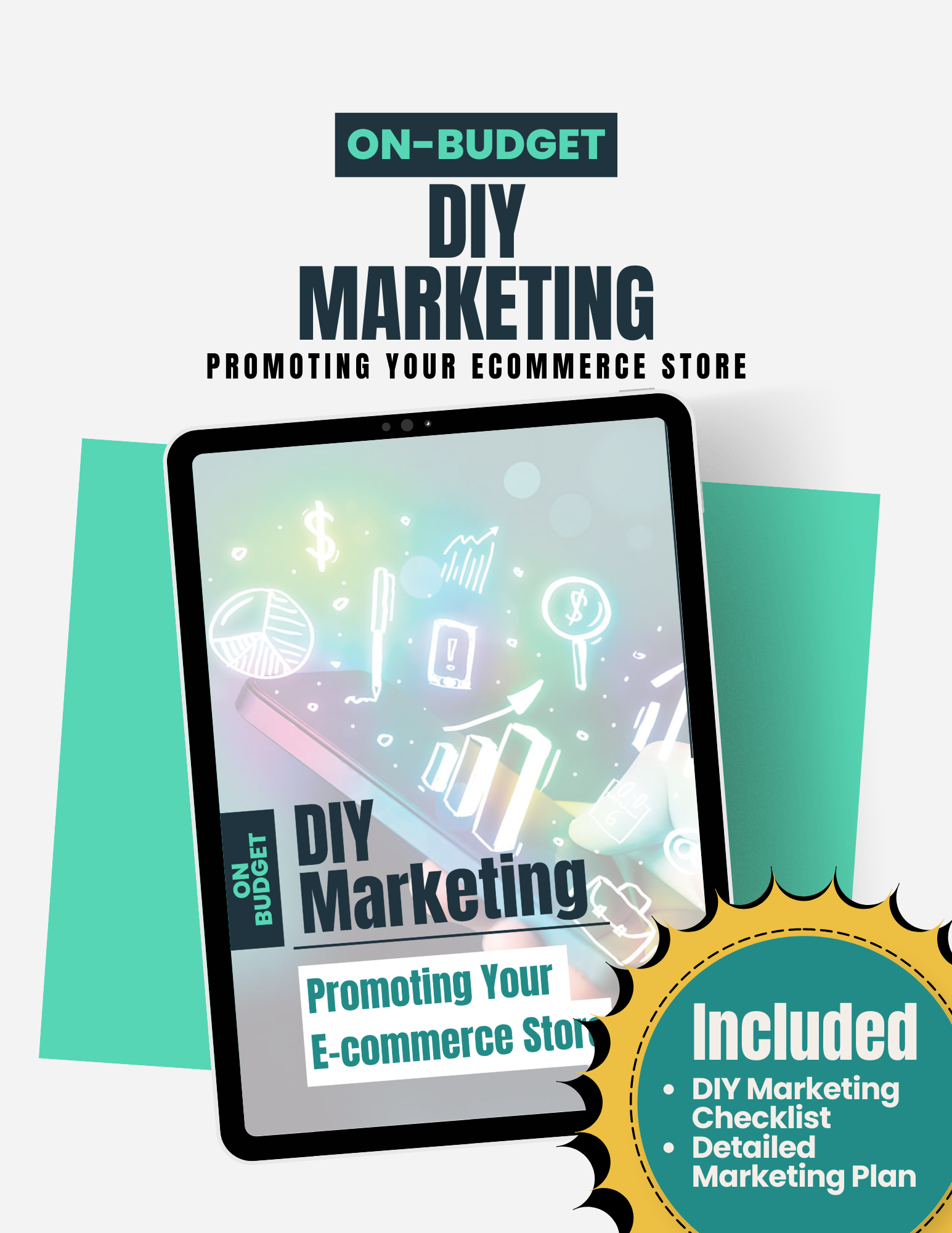

Stalk us on social Media
Key Takeaways
- Shopify page speed optimization is critical for boosting ecommerce conversions and improving user experience.
- Faster ecommerce page load times reduce bounce rates, increase customer satisfaction, and drive more sales.
- Tools like Hotjar can provide valuable insights into user behavior and help you focus your optimization efforts.
- Techniques like compressing images, minimizing JavaScript, and using a CDN can significantly improve your Shopify loading speed.
- Faster websites not only lead to better user experiences but also improve search engine rankings, resulting in more organic traffic.

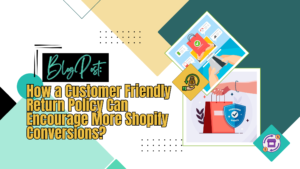


 Career Change Planner: From 9-to-5 to Freedom Digital Planner
Career Change Planner: From 9-to-5 to Freedom Digital Planner